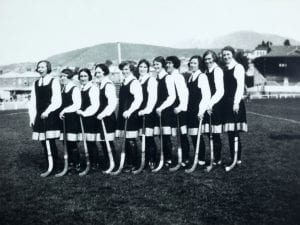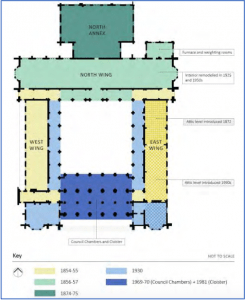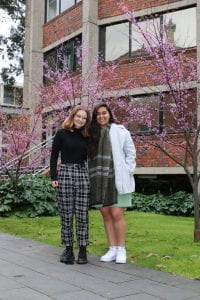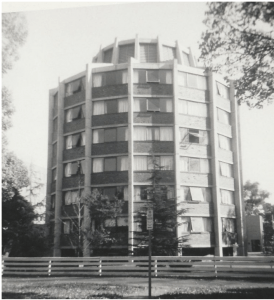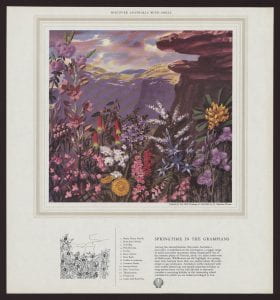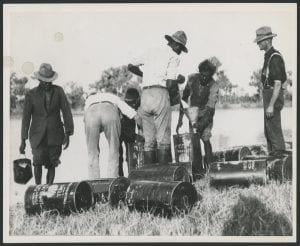Bikes, basketballs and books: sport at the University of Melbourne
Image: Melbourne University Intervarsity Hockey Team, Hobart, August 1929, University of Melbourne Archives, 1983.0005.00017.
For many students, participation in sport is an important part of their University of Melbourne education. As social engagement and as a way of supporting their physical and mental health, sport adds an extra dimension to academic life. Interfaculty and inter university competitions in sports like tennis, cricket, lacrosse and athletics continue to add richness to campus life. Records of this aspect of university life are held at UMA and encompass a range of formats, including a large collection of photographs and artefacts.
Key series in the Melbourne University Sports Union collection include minutes of the Sports Union Council from its establishment in 1904, membership registers from the early 20th century and annual reports and yearbooks dating from 1905. The yearbooks are a detailed source of the activities of the Union and its affiliated clubs. Records documenting various University sporting clubs can be found throughout the collection, as well as separate sporting club collections held at the UMA. Collection material from the 1950s and 1960s also record details of the efforts involved to ensure expansion of the University sporting facilities, culminating in the building of the Beaurepaire Centre, initiatives such as the Franz Stampfl coaching clinics, and the Sports Union’s relationship with other university sporting organisations such as the Australian Universities’ Sports Association.
In addition to organisational records dating from its establishment in 1904, the collection includes photographs and items of ephemera donated by members over many years, some reaching back into the 19th century. Amongst photographs dating from the 1880s, are scrolls, scrapbooks, pennants and silver cups, and an oilcloth which records ‘The University of Melbourne Recreation Reserve Rules November 1940’ – ‘gambling not allowed’. The Melbourne University Sports Union collection offers access to the history of a University organisation, and is also a source through which to investigate sport in society and the passion sportspeople hold for their particular sporting pursuits.
In the early 2000s Dr June Senyard published “The Ties That Bind: a history of sport at the University of Melbourne”. The research material used in this publication is held within the MUSU collection.
Adapted from original article written by Sarah Brown which appeared in UMA Bulletin issue 15, 2004
